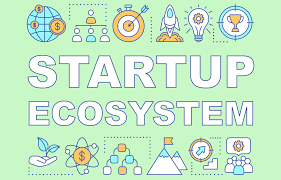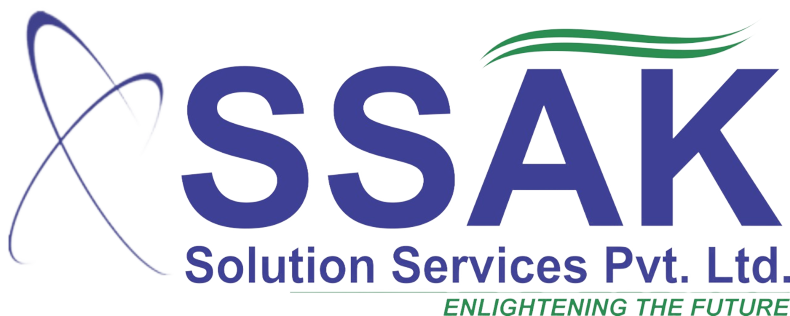
Startup Eco System
ERP in aviation
According to the Emergency Preparedness and Contingency Planning Handbook prepared and published by the ACI (Airport Council International), the ERP, which stands for Emergency Response Plan, is a plan that covers several separate sets of the SOPs (standard operating procedures), plans, and checklists that cover
Enterprise resource planning (ERP) refers to a type of software that organizations use to manage day-to-day business activities such as accounting, procurement, project management, risk management and compliance, and supply chain operations.
ERPs provide end-to-end accounting services, from budgeting to invoicing, and are used to create a uniform process across the company. TMS provide treasury-related services, such as analysing and forecasting cash flows in various currencies
Boeing uses Enterprise Resource Planning and is shifting the system to a new, expanded one called Systems Applications Projects. SAP is the next generation of ERP.
ERP products like Netsuite, SYSPRO, and Epicor allow users to automate time-consuming daily tasks. Instead of losing time each day completing repetitive needs or running reports from multiple systems, you can focus more of your time on your people and your most pressing business needs.
Like a CRM, ERP software is designed to streamline business operations. While a CRM focuses on the sales side of the organization, an ERP system is integrated and implemented across multiple departments. At its core, an ERP system offers interconnected management of specific business processes.
There are three main types of ERP systems that function with different deployment model options. The most common types of ERP systems include cloud ERP, on-premise ERP, and hybrid ERP.
ERP Benefits: Advantages and Disadvantages
Advantage #1: Streamline Workflows.
Disadvantage #1: Slow Software Implementation.
Advantage #2: Better Financial Planning.
Disadvantage #2: Expensive to Start (and Continue)
Advantage #3: Improved Data Security and Accessibility.
Disadvantage #3: Slow Data Migration.
PHP language is good for building your ERP system as it has a lot of frameworks available
Moqui is one of the most popular and cost-effective ERP framework suitable for all kinds of businesses. It can deliver solutions for modern business applications and be deployed on the latest cloud technologies
SAP ERP is one of those “easy to learn, hard to master tools” that can only support your resource planning strategy according to how much time and effort you are willing to put into learning the complexities of the system.
The ERP applications market includes both ERP Financial Management & ERP Services and Operations applications. Last year SAP led the pack with a nearly 7% market share riding on a 5.2% jump in ERP license, maintenance and subscription revenues. Oracle was #2, followed by Intuit, FIS Global and Microsoft.
Startup Eco System
A startup ecosystem is formed by people, startups in their various stages and various types of organizations in a location (physical or virtual), interacting as a system to create and scale new startup companies.
Step one: research and map. You can start by mapping out your local ecosystem. ...
Step two: build and engage. The next step is to start building the community. ...
Step three: involve and incentivise. ...
Step four: lead from the front.
The dynamic interactions between one and another enable us to collaborate and grow together. Successful ecosystems develop processes that cultivate the flow of concepts, talent, and resources. The overall result is that moments of brilliance and invention are more consistent, through networking and knowledge sharing.
nnovation ecosystems create an active flow of information and resources for ideas to transform into reality. Through these ecosystems, we are building a process by which more innovators and entrepreneurs can develop and launch solutions to solve real-world problems, faster
Innovation ecosystems create an active flow of information and resources for ideas to transform into reality. Through these ecosystems, we are building a process by which more innovators and entrepreneurs can develop and launch solutions to solve real-world problems, faster.
Through events and activities, the ecosystem enhances the chances of meeting like-minded entrepreneurs, potential investors, as well as suppliers and partners. For young entrepreneurs starting out in hospitality-related industries, an ecosystem can provide access to customized financial, legal or IT solutions.
(e.g. those related to a specific theme or topic) as well as diversity (internationalization, industries, etc.). Open innovation ecosystems are hubs with networks or communities working around a common goal.
This is a literature based reflective article where various literatures are referred to link the connection between entrepreneurship and its mainly six domains: Policy, Finance, Culture, Support, Human Capital, and Markets.
